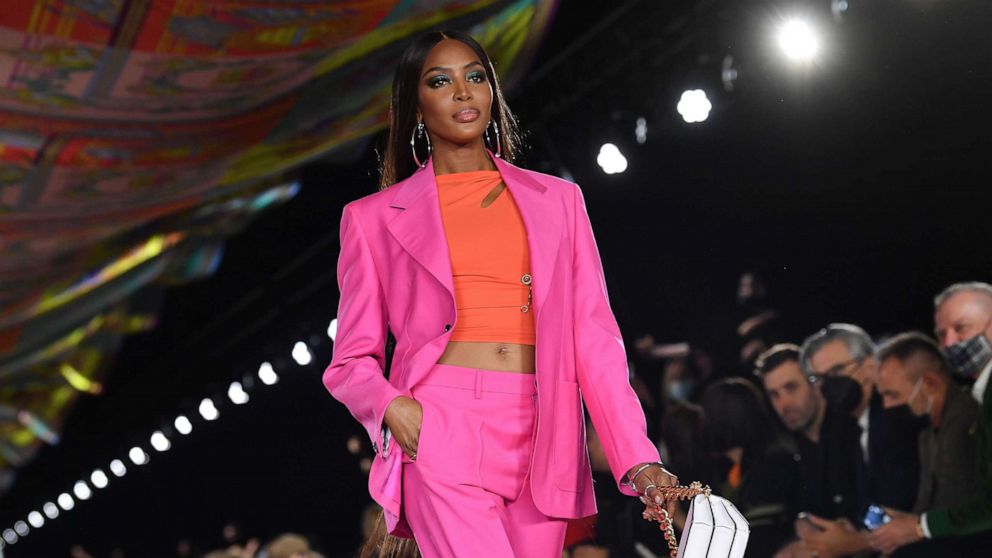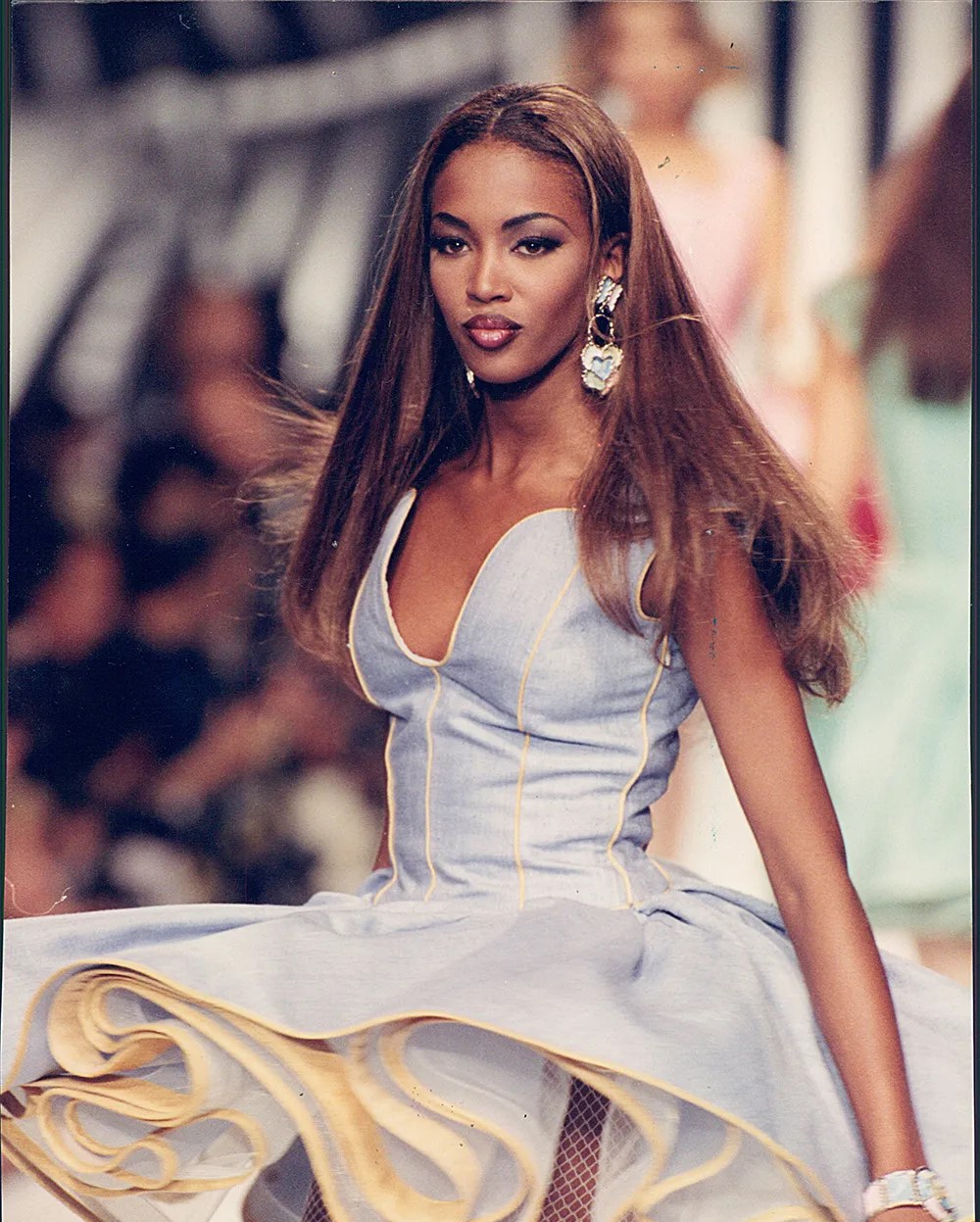In the shimmering world of high fashion, where image is everything and trends change with the season, one woman stormed the runway and made it hers—forever. Naomi Campbell isn’t just a supermodel; she is a cultural force who reshaped the fashion industry and challenged its long-standing biases with every confident stride.

Born in London in 1970, Campbell’s rise to international stardom was nothing short of meteoric. By the late 1980s, she had become one of the most recognizable faces in modeling, gracing the covers of Vogue, Elle, and countless other global fashion publications. But her fame wasn’t just about beauty—it was about presence. On the runway, she moved like no one else. Fluid, fierce, and unforgettable, Naomi didn’t just walk—she owned the space.
Yet behind that commanding presence was a woman constantly battling the industry’s deep-rooted prejudices. Despite her undeniable talent and charisma, Campbell faced barriers her white counterparts did not. Many designers and editors were hesitant to book Black models, regardless of how celebrated they were. Naomi knew this. She felt it. And she decided to change it.

She became the first Black model to appear on the cover of French Vogue in 1988—only after her close friend, designer Yves Saint Laurent, threatened to pull his advertising unless the publication diversified its cover stars. That moment wasn’t just a personal victory; it was a turning point. Naomi Campbell wasn’t just strutting for herself—she was clearing a path for those who would come after her.
Over the decades, Campbell has remained a dominant figure—not only in fashion but also in pop culture. From music videos and magazine editorials to philanthropic work and activism, her influence has transcended the catwalk. She’s been fearless in speaking out about racism in fashion, long before it became a mainstream topic of conversation. Her honesty, though sometimes labeled as controversial, has always been rooted in truth and urgency.

But her legacy isn’t just about the battles she fought—it’s also about the inspiration she’s become. Models like Jourdan Dunn, Adut Akech, Duckie Thot, and countless others cite Naomi as the reason they believed they belonged in the industry. Her impact is generational.
In recent years, Campbell has transitioned from icon to mentor. She continues to walk runways and front campaigns, but she also supports new talent and uses her platform to push for broader representation. Whether through her YouTube channel, interviews, or speaking engagements, she remains as bold and unapologetic as ever.

Naomi’s story isn’t polished or simple—it’s layered with triumphs and trials. She’s been called difficult, demanding, even dangerous—but she’s also been called brilliant, resilient, and revolutionary. The truth? She’s all of it. Because to change an industry built on exclusion, you sometimes have to be all of it.
Today, Naomi Campbell stands not only as a legend of fashion, but as a symbol of perseverance, pride, and progress. She redefined what it means to be a supermodel—not just a face, but a voice. Not just a muse, but a movement.

And long after the lights dim and the cameras flash, Naomi’s walk will still echo—strong, unapologetic, and utterly unforgettable.